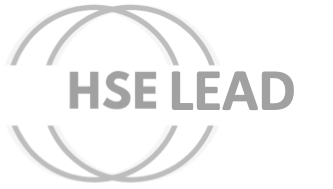Currently Empty: $0.00
FA Module – I
Module 1: Review of Level I and Essential Principles (2 hours)
Objectives
Reinforce foundational first aid knowledge and skills.
Ensure participants are confident in performing basic first aid techniques.
Key Topics
1.1 Recap of Basic Anatomy and Physiology
Respiratory System: How breathing works and signs of respiratory distress.
Circulatory System: Understanding blood flow, pulse points, and signs of shock.
Nervous System: Recognizing neurological symptoms (e.g., confusion, loss of consciousness).
1.2 Principles of First Aid
Preserve Life: Prevent further harm and promote recovery.
Protect the Casualty: Ensure their safety and comfort.
Prevent Worsening: Stabilize the condition until professional help arrives.
1.3 Scene Assessment and Safety
Hazard Identification: Look for dangers like fire, traffic, or electrical hazards.
Personal Safety: Use gloves, masks, and other protective equipment.
Casualty Safety: Move the casualty only if necessary for their safety.
1.4 Primary Survey (DRSABCD)
Danger: Ensure the scene is safe.
Response: Check if the casualty is conscious (tap and shout).
Send for Help: Call emergency services.
Airway: Open the airway (head tilt, chin lift).
Breathing: Check for breathing (look, listen, feel).
CPR: Start chest compressions and rescue breaths if not breathing.
Defibrillation: Use an AED if available.
1.5 Managing Unconsciousness
Recovery Position: Place the casualty on their side to maintain an open airway.
Monitoring: Check breathing and pulse regularly.
1.6 CPR for Adults, Children, and Infants
Adults: 30 chest compressions (2 inches deep) followed by 2 rescue breaths.
Children: Use one hand for compressions.
Infants: Use two fingers for compressions and gentle breaths.
1.7 Choking Management
Adults and Children: Perform abdominal thrusts (Heimlich maneuver).
Infants: Use back blows and chest thrusts.
1.8 Wound Management
Cleaning: Use sterile water or saline to clean wounds.
Dressing: Apply sterile dressings to prevent infection.
Bandaging: Secure dressings with bandages.
1.9 Bleeding Control
Direct Pressure: Apply pressure to the wound with a clean cloth.
Elevation: Raise the injured area above the heart.
Tourniquet: Use only for life-threatening bleeding.

